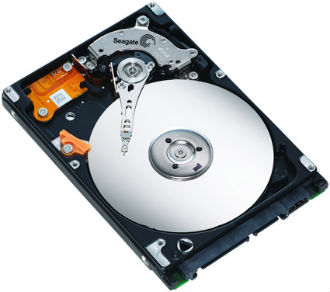 Earlier this year Seagate and Western Digital introduced a range of 5-millimetre and 7-millimetre HDDs/SSHDs and it appears they will have no shortage of customers. According to IHS, sales of 5- and 7-millimetre drives will soar to 133 million units by 2017, up from just five million last year.
Earlier this year Seagate and Western Digital introduced a range of 5-millimetre and 7-millimetre HDDs/SSHDs and it appears they will have no shortage of customers. According to IHS, sales of 5- and 7-millimetre drives will soar to 133 million units by 2017, up from just five million last year.
Ultra thin hard drives and hybrid drives are used in Ultrabooks and other thin devices, which are expected to slowly squeeze more traditional form factors out of the consumer market in coming years.
IHS reckons shipments of 9.5mm drives will drop to 79 million units by 2017, down from 245 million in 2012, reports Electronicsfeed.
However, it won’t all be smooth sailing for hard drive makers. Shipments of SSDs are still growing at a fast pace. SSD shipments are projected to climb some 90 percent this year, hitting 64.6 million units, whereas hard drives shipments are slowing down. They are expected to drop five percent to 545.8 million units. Ultra thin hard drives and hybrids will help in the short term, but SSDs will continue to find new markets as prices of NAND drop.
The big hope for hard drive makers is that they will manage to score more design wins with their new thin drives, as they are still a lot cheaper than SSDs. This is where they can expect some help from Microsoft, as Windows 8.x is a lot more bloated than iOS or Android, so there is a chance that cheap Windows hybrids and tablets will have to use mechanical drives, or hybrid drives.
“Both the thinner HDDs along with hybrid HDDs could even start finding acceptance in ultrathin PCs and tablet PCs—two products that now mostly use solid-state drives as their storage element. Hard disks have lost market share to SSDs, which offer better performance and can be more easily used to achieve a thinner and lighter form factor crucial to tablets and ultrathin PCs,” said Fang Zhang, storage systems analyst at IHS.
In the long run, however, hard drives have no place in tablets or hybrids, or 2-in-1s as Intel likes to call them these days. In any case they are a cheap and proven interim alternative, as they will enable vendors to come up with cheaper ultrathin devices before SSD prices come down to acceptable levels.





